This is the beginning of 2024’s seasonal cycle of Shriek of the Week. That means we’re back with our commonest resident songbirds. As the months go by we’ll tune in to summer visitors too, timed with their reappearance in the UK.
A slight change: this year everyone will see a link to the fully narrated version of each post every time. This has been exclusively for paying subscribers, but I’d like to try a different approach, whereby everyone gets access to all the published content, but those who feel able and happy to offer some money to support my efforts can still do so. (Options to support here).
If you’ve been subscribed for a while, I hope you find the repeating pattern and seasonal reminders useful. I update and improve the commentary year-on-year where I can, and will continue to drop in some as-yet-uncovered species into the mix from time to time.
Equally you may feel it’s all a little too familiar, and wish to take a break. No hard feelings!
Listening tip: As always, if you’re reading this as an email, you may find it a better experience to click on the big title of the post (above) and continue reading on the Substack website, or in the app. The audio snippets should then play on the page while you scroll down it, rather than sending you off somewhere else.
Thank you for reading and listening. I enjoying hearing your comments, questions and feedback. You can leave a message on these posts (as above, if you’re reading this as an email, just click on the title of the post and visit the web version, where there’s a comments field at the end of the post). You can also always email me at charlie@birdsong.academy.
Wishing you a peaceful start to 2024, and a local blackbird singing early for you.
~ Charlie
Blackbird
Lofty soloist, last-leg alarm
Is there a more welcome sound than this ?
The song of the blackbird is mellow, unhurried and rich.
It’s varied, but not exhaustingly so (hello, song thrush).
Ornithologist W H Hudson described it as ‘nearer to human music than any other bird song’, which leads us to notice that the register is lower that many other songbirds, in the range of human speech.
You can whistle along to a blackbird.
The song can be especially noticeable and welcome in urban streets, where a blackbird might easily be the only bird singing on a late afternoon in spring.
The notes are often delivered from a high perch, whether chimney stack or treetop. This helps the sound carry, even above the noise of traffic.
Of course, blackbirds sometimes sing at night too.
Day or night, they tend not to sing much in the period before Christmas, and sometimes not regularly until well into the New Year.
A more reliable sound to listen out for in the colder months is the distinctive alarm they give as they go to roost.
During the short winter days blackbirds seem relatively tolerant of each other. It’s not unusual to see several adult males hopping around the same lawn or field edge - perhaps most likely the migrant birds that arrive for the winter from colder European countries, and which feel less territorial about life than the all-year residents.
But in the late afternoons, the blackbird’s preference for their own space is signalled quite clearly.
Just before dark, they settle into their roost spots. Typically this is an ivy-clad tree or wall. As they do so they proclaim them with their insistent ‘chinking’ call.
At dusk, on a still evening, you may hear it in surround-sound, from all directions across the landscape.
I associate that noise with the last leg of an afternoon walk in January - a reminder to step a little quicker, if you’re to get home before you trip over in the dark.
Find more birds this year
* Half-day walkshops with me in Sussex in Spring 2024
* Birdsong Essentials, the immersive 10-week course
If you feel able, you can also support Shriek of the Week with a regular contribution. This gives you access to the full archive, and access to a call on the first Saturday of the month, where we take a tour of live webcams and audio streams together and see what we can find.


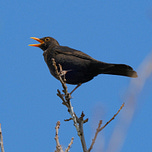



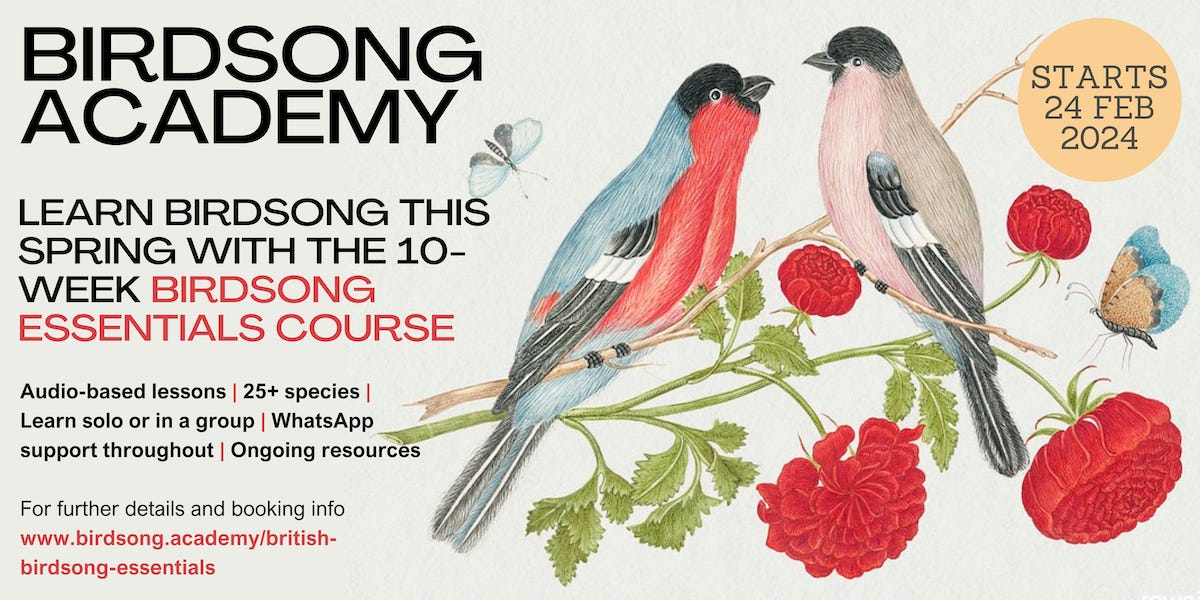


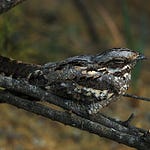
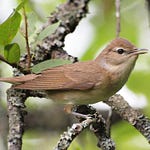

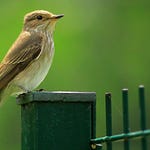


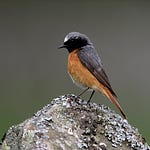
Share this post